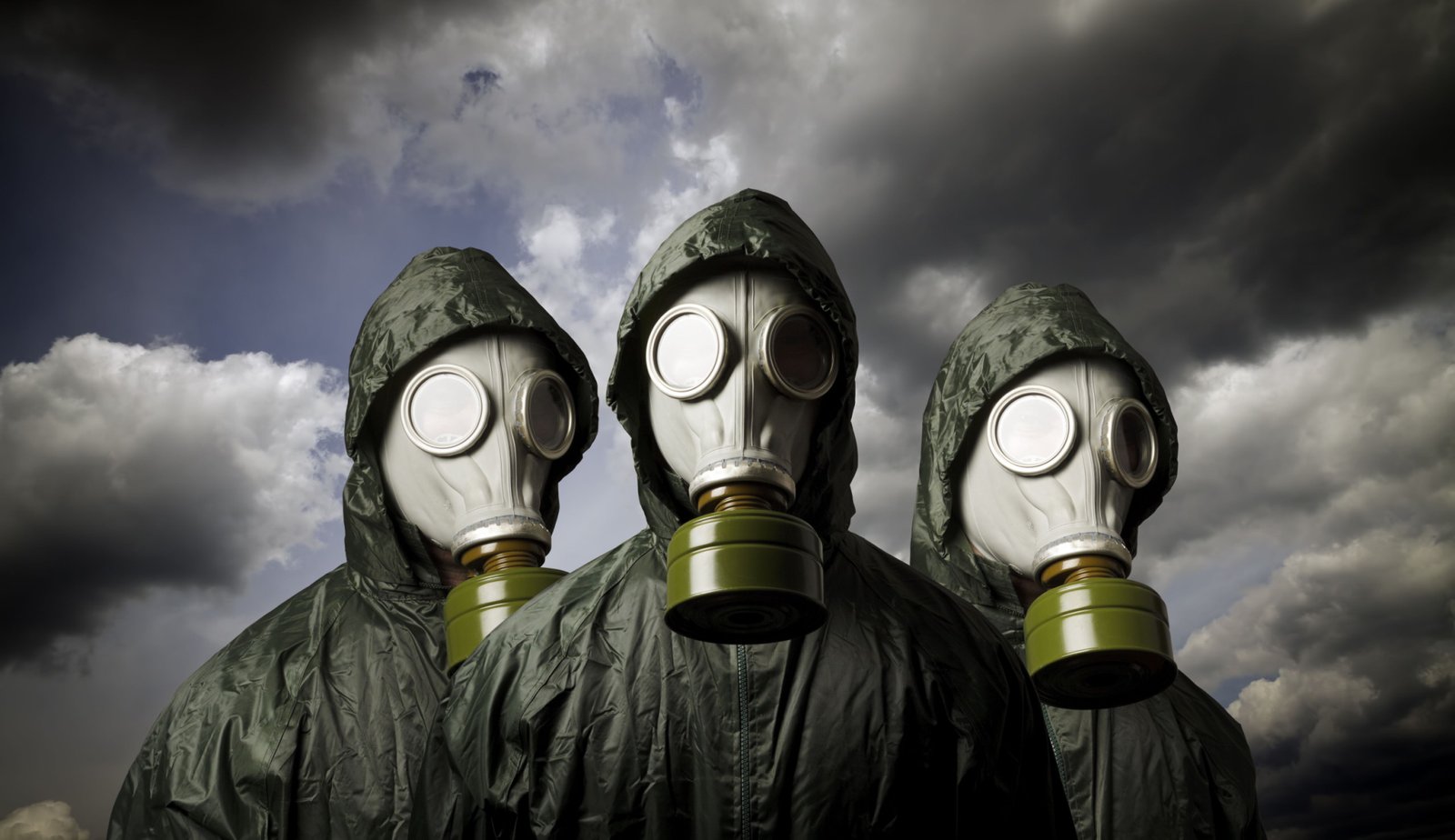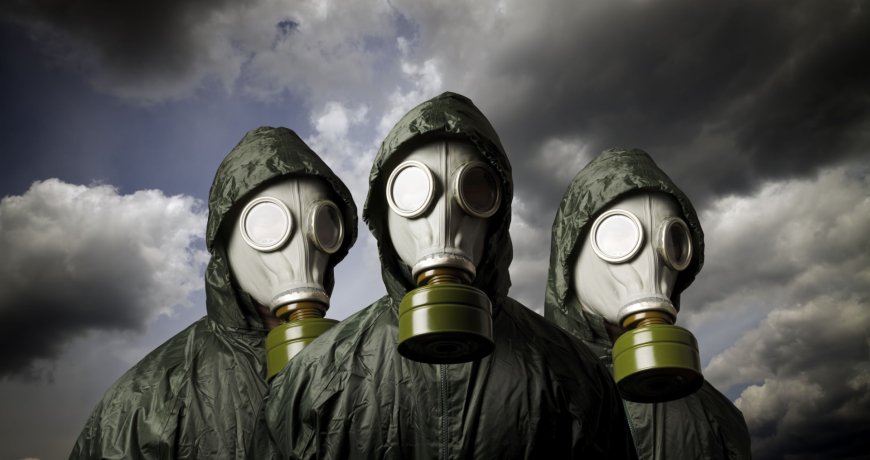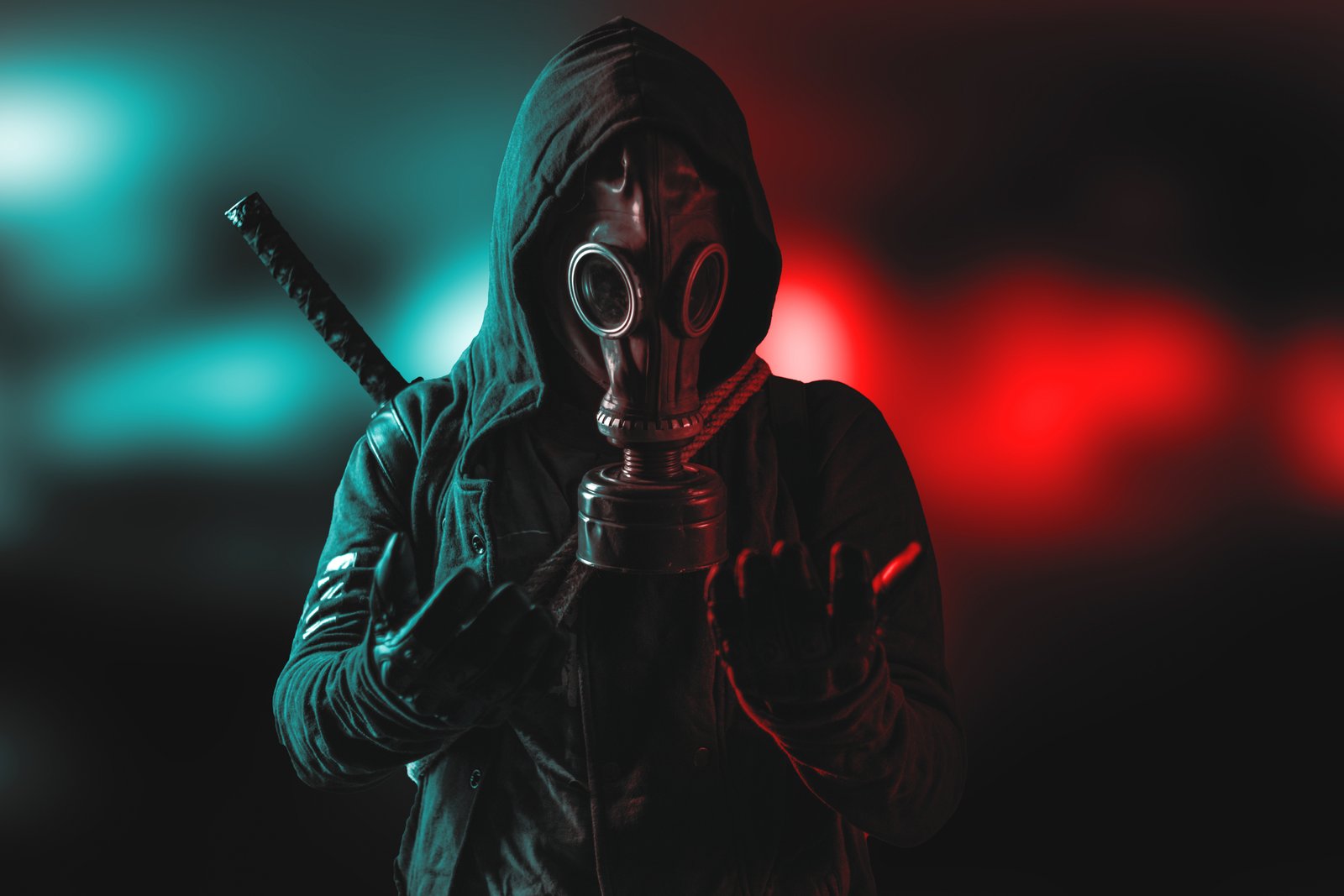GP5 Gas Mask Filter : An In-Depth Look

GP5 Gas Mask Filter: An In-Depth Look
The GP5 gas mask filter is an iconic component of the GP5 gas mask, widely recognized for its historical and functional significance. Originating from the Soviet Union during the Cold War, this filter is a crucial element in gas masks designed to provide protection against various harmful agents. This article explores the features, applications, and considerations surrounding the GP5 gas mask filter, offering valuable insights for collectors, enthusiasts, and those interested in historical military equipment.
Understanding the GP5 Gas Mask Filter
The GP5 gas mask filter is a specific type of filter designed for use with the GP5 gas mask. This filter is crucial for ensuring the mask’s effectiveness in protecting against toxic substances. The GP5 filter is known for its unique design and functionality, making it an essential accessory for the civilian gas mask .
Components of the GP5 Gas Mask Filter
The GP5 gas mask filter comprises several components, including a metal canister and various layers of filtering materials. Inside the canister, the charcoal layer and particulate filter pad work together to trap harmful particles and gases. The charcoal mass is particularly effective in adsorbing chemical agents, while the particulate pad captures solid particles.
The Historical Context of Soviet Gas Masks
During the Cold War, the Soviet gas mask was a critical piece of equipment for the Soviet military and civilians alike. The GP5 gas mask and its associated filter were designed to protect against nuclear, biological, and chemical threats. The GP5 gas mask filter was a part of this extensive protection system, ensuring users could safely navigate hazardous environments.
The Cold War Influence on Gas Mask Design
The GP5 gas mask filter reflects the era’s focus on filter safety and protection. The Soviet designs incorporated advanced materials and technologies of the time, including charcoal layers and particulate filters. These components were intended to provide an effective barrier against a range of threats, from aerosols and smoke to more lethal agents.
Assessing the GP5 Gas Mask Filter’s Safety and Efficacy
The safety and effectiveness of the GP5 gas mask filter are critical considerations for anyone using or collecting these historical items. It is important to note that many older filters, including the GP5, may contain asbestos, which poses health risks.
Presence of Asbestos in GP5 Filters
Some GP5 gas mask filters may contain asbestos due to its historical use in filter production. Asbestos content in filters can be hazardous to health if the filter is damaged or not handled properly. It is crucial to handle these filters with care and to consider their safety when using them.
Modern Applications and Considerations
Today, the GP5 gas mask filter is often collected as a historical artifact or used in specific contexts, such as in reenactments or educational settings. However, its practical use for contemporary protection is limited, and newer filters with updated technologies are preferred for modern applications.
Modern Alternatives to the GP5 Gas Mask Filter
For current use, modern gas masks employ advanced filters that do not contain asbestos and offer improved filter safety. NATO filters and combination NBC filters are examples of contemporary options designed to meet today’s standards for safety and effectiveness.
Collecting and Preserving GP5 Gas Mask Filters
For collectors and history enthusiasts, the GP5 gas mask filter represents a fascinating piece of Cold War history. When acquiring or displaying these filters, it’s important to ensure they are preserved properly and that any potential health risks are mitigated.
Tips for Collecting and Displaying
- Check for Markings: Authentic GP5 gas mask filters typically feature specific markings indicating their origin and production details.
- Handle with Care: Due to the potential presence of asbestos, handle these filters with appropriate precautions.
- Consult Resources: Refer to reliable sources such as the Respirator Wiki and Fan Lab for information on the historical and technical aspects of the GP5 filter.
The GP5 gas mask filter is a significant artifact from the Cold War era, representing the ingenuity and concerns of its time. While it provides a glimpse into the historical context of gas masks and filter technologies, it is essential to approach its use and collection with an understanding of potential health risks and modern alternatives. Whether you’re a collector or a history enthusiast, the GP5 gas mask filter offers valuable insights into the evolution of protective equipment and the enduring legacy of Cold War-era innovations.
The Soviet Gas Mask: A Comprehensive Overview
The Soviet gas mask represents a crucial piece of Cold War-era protective equipment, designed to safeguard users from various chemical, biological, and radiological threats. This section delves deeper into the features and historical context of the Soviet gas mask, examining its components, accessories, and overall significance.
Components and Design of the Soviet Gas Mask
The Soviet gas mask was engineered with multiple components to ensure effective protection. One of the key parts is the filter canister, which houses the combination NBC filter. This filter combines different stages to address a wide range of potential contaminants, including chemical, biological, and radiological agents.
The Role of the Filter Canister
The filter canister is integral to the gas mask’s functionality, containing layers such as the particulate layer and charcoal mass. The particulate filter pad captures solid particles, while the charcoal layer adsorbs chemical agents. Proper filter safety is crucial to ensure that the gas mask provides adequate protection.
Soviet Gas Mask Accessories
Various accessories were designed to enhance the functionality and comfort of the Soviet gas mask. These included the helmet mask, which offered additional protection for the head and neck, and the decontamination kit, essential for cleaning and maintaining the mask after exposure to hazardous substances.
Importance of Accessories
Accessories like the exhale valve and inhale valve played a significant role in the mask’s design. The exhale valveallowed for the release of exhaled air, while the inhale valve ensured a tight seal during inhalation. Proper maintenance of these components was crucial to ensure that the mask remained effective.
Historical and Practical Considerations
The Soviet gas mask and its components were products of their time, reflecting the technological and political environment of the Soviet Union. During the Cold War, the USSR developed these masks to protect against potential nuclear, biological, and chemical threats.
Cold War Context
The Soviet gas mask was not just a protective device but also a symbol of the era’s geopolitical tensions. It was designed to address the specific threats perceived during the Cold War, including those from potential conflicts with the Russianand other adversarial nations.
Comparing Soviet Gas Masks with Modern Filters
Today’s gas masks have evolved significantly from their Soviet predecessors. Modern filters often use advanced materials and technologies, such as GOST filters, which are designed to meet contemporary standards of safety and effectiveness.
Modern filters like the NATO standard ones are designed to provide enhanced protection and comfort. Unlike older models, these filters are less likely to contain hazardous materials such as asbestos. Contemporary filters offer improved airtight seals and more effective particulate layers, making them suitable for a broader range of scenarios.
Collecting and Maintaining Soviet Gas Masks
For collectors, the Soviet gas mask offers a glimpse into Cold War history. Proper handling and maintenance are crucial, particularly because some older filters may contain asbestos, posing health risks.
Tips for Collectors
- Handle with Care: Always wear protective gloves and a mask when handling vintage gas masks to avoid exposure to potential contaminants.
- Check for Authenticity: Look for markings and gost thread to ensure the mask is an authentic Soviet model.
- Consult References: Use resources like Respirator Wiki and Fan Lab for detailed information on specific models and their historical significance.
The Soviet gas mask is a significant artifact from the Cold War era, embodying the technological and geopolitical concerns of the time. Its components, including the filter canister and various accessories, reflect the extensive efforts to provide protection against a range of threats.
Today, while modern gas masks offer improved technology and safety, the Soviet gas mask remains an important piece of history, representing the challenges and innovations of its era. Whether you are a collector, a historian, or simply interested in military equipment, understanding the Soviet gas mask provides valuable insights into the past and its impact on current protective technologies.
Exploring the Common Filters of Soviet Gas Masks
The common filter used in Soviet gas masks reflects a unique blend of historical design and functional necessity. Among these, the black rubber components, gost filter specifications, and overall filter model play crucial roles in ensuring safety and effectiveness.
Components of Soviet Gas Mask Filters
A common filter in a Soviet gas mask typically includes several key elements designed to provide comprehensive protection. These filters were engineered to offer an airtight seal, essential for ensuring that harmful substances do not infiltrate the mask.
The filter model often featured multiple stages, including a particulate stage to capture solid particles and a charcoal layer to adsorb gases.
- Black Rubber: The black rubber used in the construction of these filters was designed for durability and a snug fit. This material ensured an effective airtight seal, which is crucial for the filter’s performance.
- Filter Design: Each filter model included an inlet aperture and an intake hole to manage airflow. These features are vital for the effective functioning of the filter, allowing it to process incoming air while trapping contaminants.
Historical and Practical Applications
The Russian-designed filters were used extensively during the Cold War, particularly in areas affected by industrial accidents and conflicts. For instance, after the Chernobyl disaster, the importance of effective filters became even more apparent due to contamination concerns.
- Due to Contamination: The common filter in Soviet masks was designed to address various contaminants, including radioactive particles. This was especially relevant in the context of incidents like Chernobyl, where filters had to handle unprecedented levels of contamination.
- Lenses and Accessories: Some gas masks also included lenses and additional accessories for improved usability and protection. These components were designed to work in conjunction with the filter, ensuring that the mask provided complete protection.
Modern Comparisons and Reviews
In modern times, reviews of historical Soviet gas masks often highlight the effectiveness of their gost filters and overall design. Collectors and enthusiasts compare these filters to contemporary options, noting improvements in materials and technology.
- Product Evolution: Today’s filters often use advanced materials and designs to enhance safety and comfort. Unlike their Soviet predecessors, modern filters frequently avoid materials like black rubber that may degrade over time.
- Filter Safety: The evolution of filter technology includes advancements such as better airtight seals and more efficient particulate layers, addressing limitations found in older models. These improvements ensure better protection against a range of contaminants.




